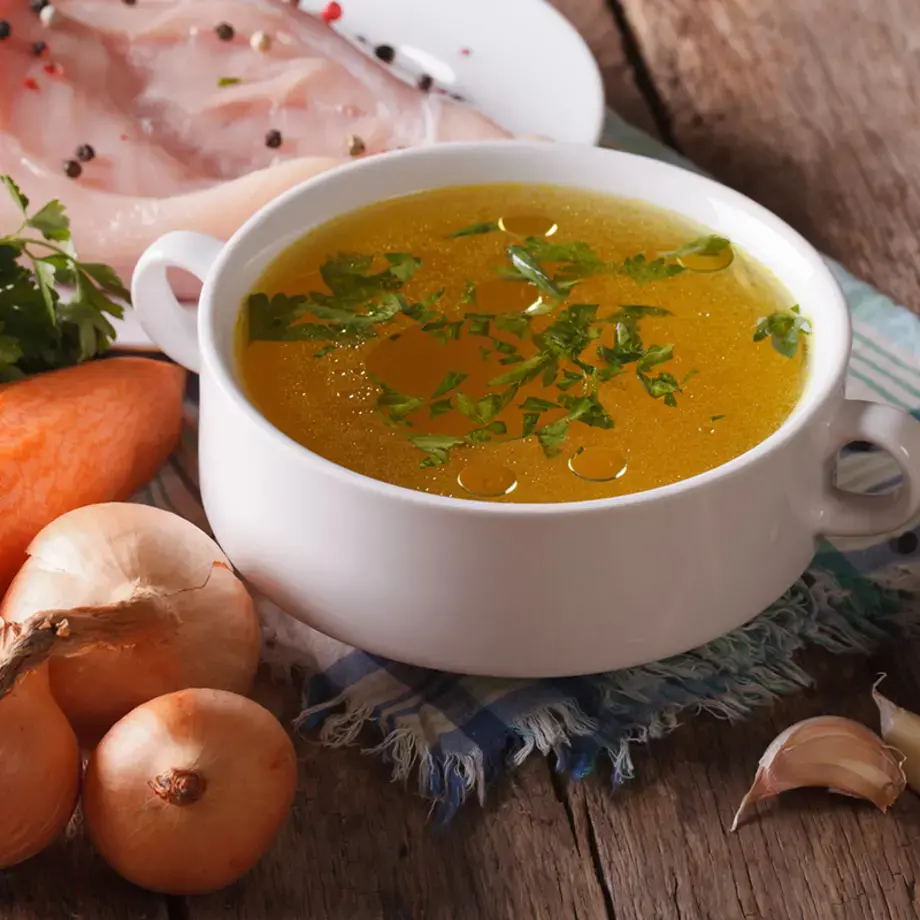Saffron is one of the most precious and expensive spices in the world. Its red stigmas are regarded as legendary. Saffron provides foods with rich, golden colour, and aromatic, pungent flavour. It has been used in Persian, Arab, European, and Indian cuisine since ancient times. No matter how much we've heard about the spice, there's still so much confusion about how to use it. Here's everything you need to know.

Photo: iStock
All the Health Benefits of Saffron and How to Use It

Saffron is a spice harvested by hand from the crocus sativus flower, commonly known as the saffron crocus. It's sold as red-gold threads, or in powder form. Saffron threads are the whole stigma from the saffron crocus, while saffron powder has been dried and ground.
Saffron is extremely delicate and fragrant, with a slightly sweet, luxurious taste that is difficult to describe, but instantly recognisable in a dish. This legendary spice imparts an earthy flavour that's sometimes described as pungent and floral, smoky and bright.
Saffron is the world's most expensive spice – its price ranges from $500 to $5,000 for 1 pound (450 grams). Its high price is due to its labour-intensive harvesting method, resulting in high production costs.
Where does saffron come from?
Saffron is native to Asia Minor and has been cultivated for thousands of years to be used in medicines, perfumes, dyes, and as an excellent flavouring for foods and beverages. Today the spice is primarily grown in Iran, Greece, Morocco, and India.
Saffron's benefits for the skin

A powerful antioxidant
Saffron is packed with antioxidants, which protect against UV damage and pollutants. It also has anti-inflammatory and antibacterial properties.
Brightens skin
As an antioxidant and calming ingredient, saffron has great brightening properties.
Helps the skin recover from environmental stressors
Saffron is rich in minerals and contains two carotenoids: crocin and crocetin. These powerful carotenoids are believed to be effective in damage repair, helping skin recover from environmental, oxidative, and sun damage.
Heals cuts and wounds
Saffron has been shown to accelerate wound healing by increasing cell turnover, which can potentially speed up the healing process.
Reduces hyperpigmentation
When used topically, saffron brightens skin tone and reduces hyperpigmentation thanks to its high vitamin C content.
Calms inflammation
Saffron's healing powers might ease redness and inflamed skin.
Saffron's benefits for the body
Several small studies suggest that saffron could boost our health. Here are some potential health benefits of saffron.

Antioxidant boost
Saffron is a rich source of antioxidants. These substances help fight cell damage. Research has also shown that the antioxidants in saffron may be healthy for our brain and nervous system and enhance memory and cognitive function. Antioxidants may also help prevent neurological conditions like Parkinson’s disease.
Weight loss aid
One study on a group of women found that taking saffron helped them feel less hungry and snack less frequently. Evidence suggests that saffron can suppress appetite and help people lose weight.
Alzheimer’s disease treatment
There isn’t a cure for Alzheimer’s, but research suggests saffron may help relieve symptoms and slow the disease’s progression. Studies have shown that saffron extract improves cognitive function in people with mild to moderate Alzheimer’s.
How to use saffron

Saffron threads should be crushed before being used in a dish. To make ground saffron, start with saffron threads and lightly toast and grind them. Here’s how to grind saffron to prepare an intense essence to enrich your paella, risottos, and desserts for special occasions.
Grind 2 teaspoons of saffron threads, along with a pinch of coarse salt, to a powder with a mortar and pestle or a spice grinder. Then, place the powdered saffron in a small bowl and add 2-3 tablespoons of hot water or hot broth or stock. Stir gently, cover, and wait 5 minutes for it to bring out the colour and fragrance before adding it to your dish.
Saffron powder can also be toasted in olive oil on low heat to enhance the flavour of any savoury recipe.
Saffron pairs well with a wide variety of foods, from rice and pasta to vegetables to meat and even desserts. With just a pinch – which lends a golden colour and mysterious aroma to any dish – saffron helps amplify the flavour of everything it touches.
How to store saffron
As with any dried herb or spice, saffron’s shelf life for maximum aromatic quality tends to be short, but it can be prolonged by keeping it in an airtight container in a cool and dark place, not exposed to direct sunlight. Saffron threads will keep their maximum flavour for up to six months, and you can put them in the freezer for up to a year.
Ground saffron can be stored similarly, but it should be used as soon as possible as it has already lost some potency. Saffron water can be stored in the fridge in an airtight container for up to three weeks.






